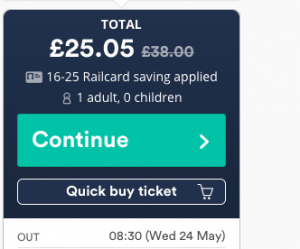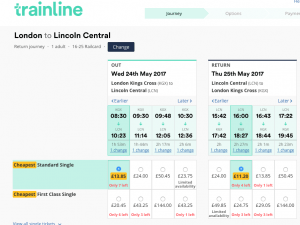For the recording process of this assignment, I decided to use a Zoom H4n, the reasons for using this device, is because it has everything I need all ready to go. You can record straight onto an SD card using this device, and the built-in microphone is good enough quality that it will pick up just what I need. As well as this, it fits in just one hand so it’s not a heavy or bulky piece of equipment, which is good for me, considering the whole premise of my idea is to be walking around Lincoln, recording the city. I wanted something light, and small that people wouldn’t notice as I walked past them.
Even though, I had used a Zoom H4n before, it had been a while, so when I loaned it out to use, I took it home to do some test recordings, just to see if it was working and to see if I could remember how to use it. When I done some test recordings, I could not get a signal in, which meant nothing was recording. So, I spent a little while trying to work it out by myself to see what the problem was, however I could not work it out.
I found a website, called Evergreen and I straight away found out what my problem was:
‘The H4n can record from several different sources, including the built in stereo microphone, an external stereo microphone and external microphones or instruments attached with XLR or ¼” jacks. Recording sources can be chosen with the input buttons on the face of the recorder.’ (Evergreen, 2017)
This is the part that helped me on the website, it was a very small issue, which had an even quicker fix, what had happened was the device that I was using had been left on recording using the Inputs 1 and 2, whereas I needed it to be on the built in Stereo Mic, once I had found this article, I fixed the issue almost immediately, and then I was back on track with recording. The biggest problem was just trying to find a website that could tell me what the problem was.
Evergreen (2017) Zoom H4n Audio Recorder Operating Guide. Available from: http://helpwiki.evergreen.edu/wiki/index.php/Zoom_H4n_Audio_Recorder_Operating_Guide#Recording_Sources [Accessed 10 April 2017]

